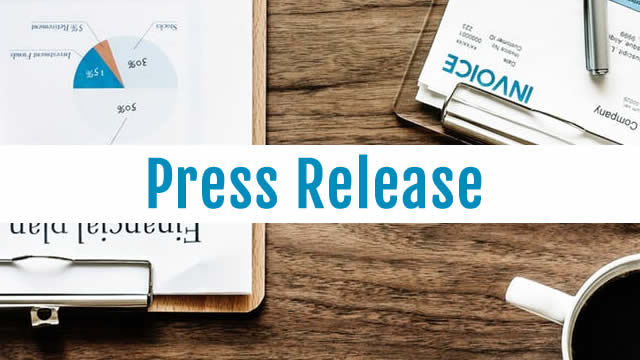
EZPW
EZCORP, Inc.
$19.19
-0.09
(-0.49%)
| Exchange: | |
| Market Cap: | 1.111B |
| Shares Outstanding: | 23.901M |
About The Company
| Sector: | Financial Services | |||||
| Industry: | Financial – Credit Services | |||||
| CEO: | Lachlan P. Given BBus | |||||
| Full Time Employees: | 8000 | |||||
| Address: |
|
|||||
| Website: | https://www.ezcorp.com |
EZCORP, Inc. provides pawn loans in the United States and Latin America. It offers pawn loans collateralized by tangible personal property, jewelry, consumer electronics, tools, sporting goods, and musical instruments. The company also sells merchandise, primarily collateral forfeited from pawn lending operations and pre-owned merchandise purchased from customers. In addition, it offers Lana and EZ+ web-based engagement platforms to manage pawn loans. As of September 30, 2021, the company owned and operated 516 pawn stores in the United States; 508 pawn stores in Mexico; and 124 pawn stores in Guatemala, El Salvador, and Honduras. EZCORP, Inc. was founded in 1989 and is headquartered in Austin, Texas.
Click to read more…
Revenue Segmentation
EPS
Earnings Call
Income Statement
(* All numbers are in thousands)
Balance Sheet
(* All numbers are in thousands)
Cash Flow Statement
(* All numbers are in thousands)
Analyst Estimates
(* All numbers are in thousands)



